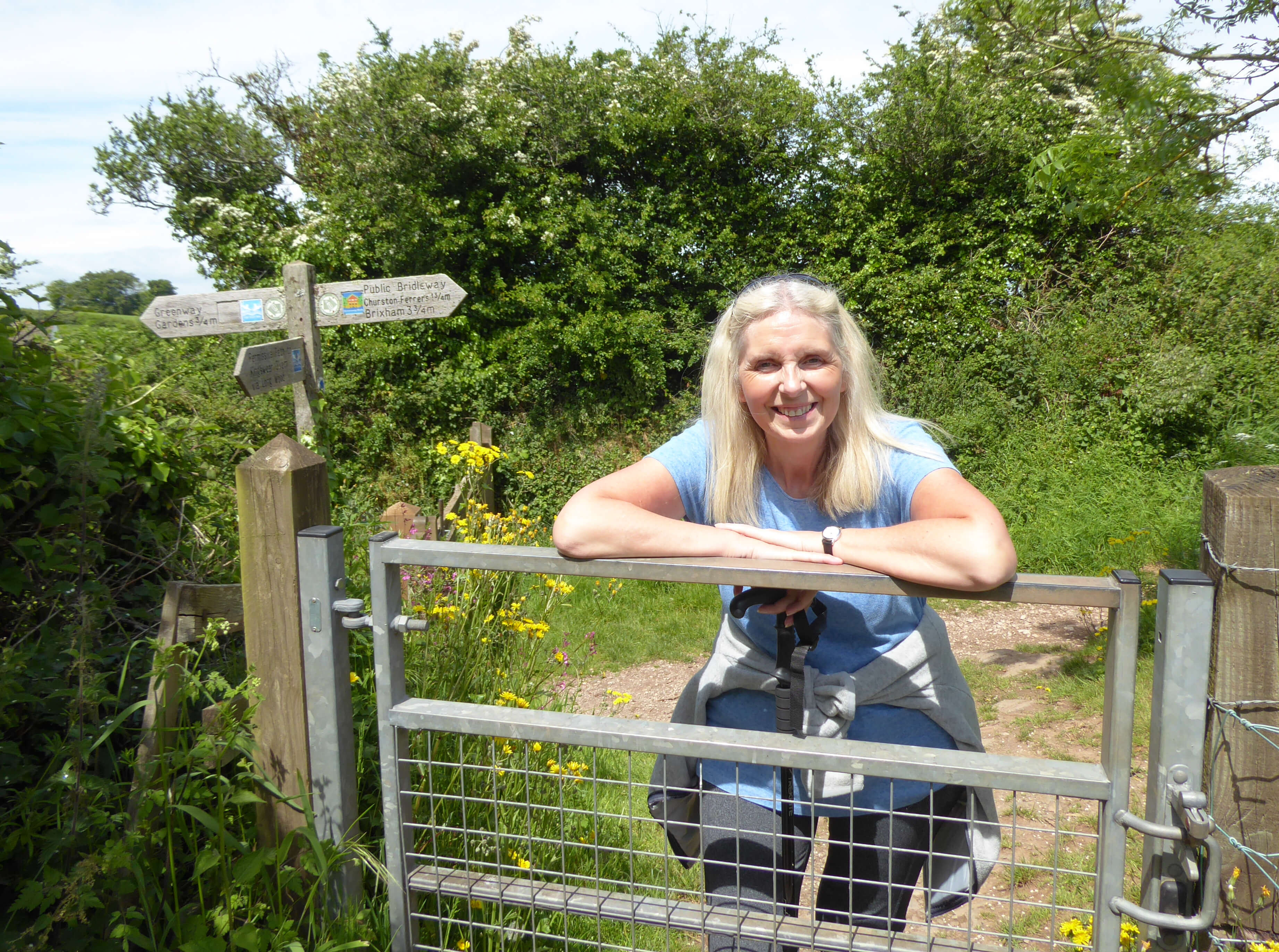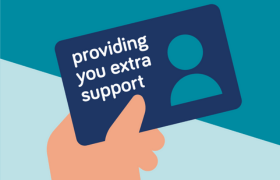
Together, we can stop the pain and fear of broken bones much earlier
Many, like Andrea, aren’t even aware they have the condition. We estimate that two-thirds* of people who have a high risk of fractures – especially women over 70 – aren’t receiving the treatment they urgently need to strengthen their bones.
"Had I been diagnosed five years earlier, I would not have spinal fractures."
“My name is Andrea and I’m 62. Five years ago, I was being treated for cancer. I found, though, that whenever I lay flat on the radiotherapy bed, or went for an MRI or CT scan, it was excruciatingly painful. I had great difficulty moving.
So the hospital sent me for an x-ray on my spine. To my complete shock, it showed up several fractures. I then had a DXA scan that confirmed the diagnosis: I had osteoporosis. I was immediately prescribed alendronic acid together with calcium and vitamin D supplements that I still take today.
When I think back now, it’s clear to me that the signs were already there. I had a history of back pain, and I’d been to see my GP about it on several occasions. But at no point did this pain, and the fact that I was a post-menopausal woman, trigger any suspicion that I might have osteoporosis.
Sadly, at that stage I wasn’t referred for further investigations. Indeed, I was once told that a woman of my age should expect some aches and pains! Deep down, I knew that there was something wrong with my spine, but time marched on without having any treatment. In my opinion, had I been diagnosed years earlier, I would not have the spinal fractures and debilitating chronic pain that I have today.”
The osteoporosis clock is ticking
Every minute, someone in the UK breaks a bone because of osteoporosis.
It’s estimated there are 1,400 fragility fractures every day in the UK. Despite advances in fracture risk assessment tools, poor awareness means many people are still not receiving the bone-strengthening treatments they urgently need. With your support, we’re investing in vital research that could help close this care gap. Research like Professor Eugene McCloskey’s recent study into the early identification of those at high risk of osteoporosis.
Research can stop the osteoporosis clock
In Professor McCloskey’s study, a group of women aged between 70 and 85 were asked to complete a questionnaire that revealed their risk level for broken bones. The questions covered factors known to affect the risk of developing osteoporosis, such as body mass index, rheumatoid arthritis and other diseases, family history of fractures, personal alcohol and tobacco consumption, and whether a bone had broken easily in the past.
14% of women in the study were identified as high risk – awareness that led over three quarters of that high-risk group to take bone-strengthening treatments within six months. This critical early diagnosis had a profound effect on many of the women’s long-term bone health. As Professor McCloskey says, “Over five years, the number of broken hips in the group was 28% less than predicted.”
Time is ticking. We need your support now.
Just imagine if we could replicate these extraordinary results across the UK population. Our goal is to have targeted screening available through the NHS within the next decade – so we can diagnose and treat thousands of people earlier and stop the osteoporosis clock.
But there’s still a long way to go, and we can’t get there without your support. A gift from you today could help fund more research so that groundbreaking findings like Professor McCloskey’s can help more people like this group of women.
* 2022 ROS APPG Inquiry into primary care for people with osteoporosis


A kind gift from you today could:
- help publish ground-breaking research that could have a huge impact on people
- fund research into the early identification of osteoporosis
- make sure someone like Andrea is heard at vital research workshops
 Search
Search
 Login
Login


